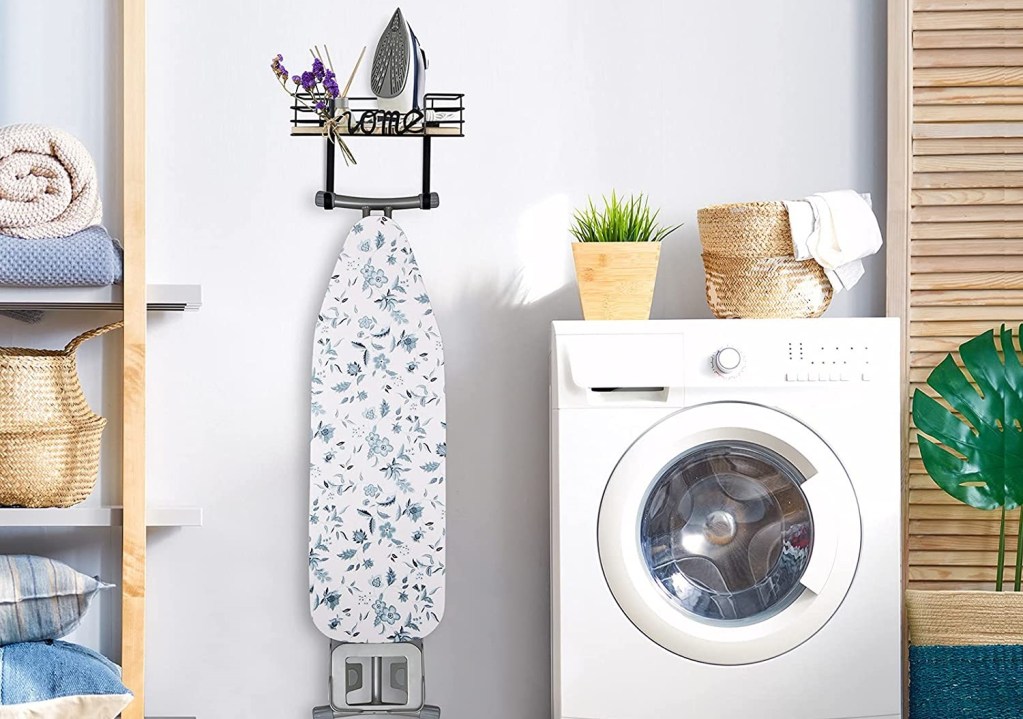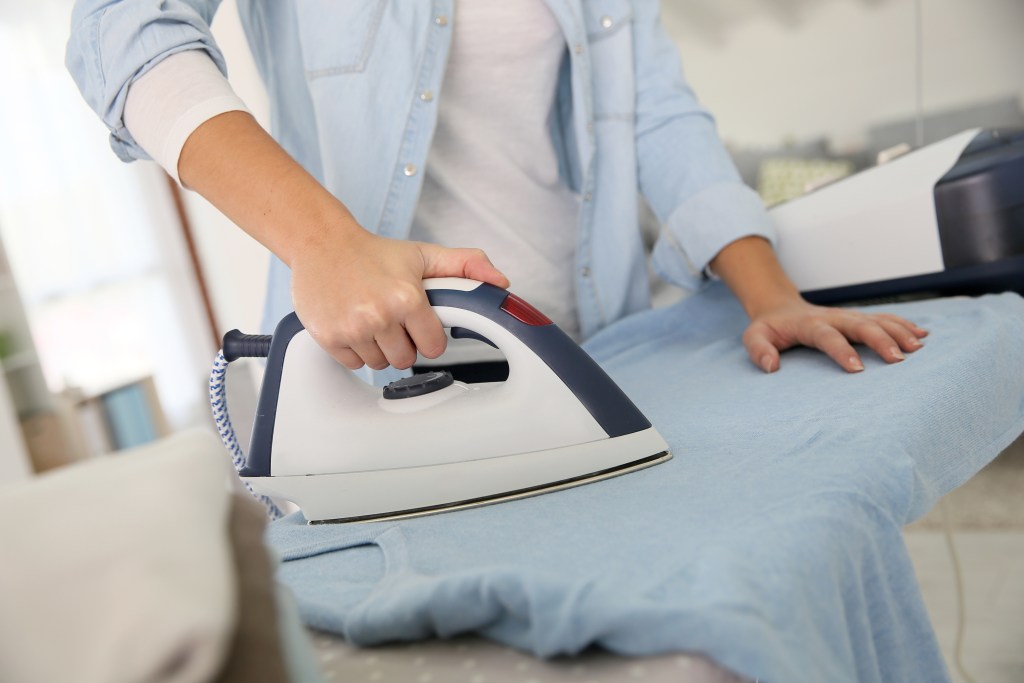When it comes to getting your clothes wrinkle-free and looking their best, the debate between using a steamer vs. iron has been ongoing for years. Whether you’ve got an event coming up or you’re just someone who wants to look polished for the day, knowing which tool to choose can make a big difference in your laundry routine.
Today, we’re going to break down the key differences between steamers and irons, discuss how they work, and highlight their pros and cons. By the end, you’ll have a clear understanding of which tool is best suited for your needs.
Steamer vs. iron: How do they work?

Before diving into the benefits of each, let’s first understand how steamers and irons work. These two tools might aim for the same goal — smoothing out wrinkles — but they operate quite differently.
Irons
Traditional irons use a heated metal plate that presses directly onto your clothing. When you run the iron over the fabric, the combination of heat and pressure flattens out the fibers, making your clothes look smooth and crisp. Most modern irons also have a steam function that releases moisture onto the fabric, helping to remove stubborn wrinkles more effectively.
Steamers
On the other hand, steamers release a continuous jet of steam to relax the fibers in your clothing. Rather than pressing the fabric directly, the steamer’s heat gently loosens the wrinkles, leaving your garments looking fresh. Steamers are typically used in an upright position, making them ideal for materials and garments that are hard to press flat.
Pros and cons of steamers

Steamers are becoming increasingly popular due to their versatility and ease of use. However, like any tool, they have their strengths and limitations.
Pros of steamers
- Gentle on fabrics: Steamers are perfect for delicate materials like silk, chiffon, lace, and wool that might get damaged by the direct heat of an iron.
- Quick and convenient: Steamers heat up faster than most irons, making them a great option for quick touch-ups when you’re in a rush.
- Versatile use: They work not just on clothes but also on curtains, upholstery, and even stuffed toys, helping remove odors and wrinkles from these items.
- No need for an ironing board: You can steam clothes while they are hanging, which eliminates the need for an ironing board and saves space.
Cons of steamers
- Not ideal for crisp finishes: Steamers are not great at creating sharp creases on clothing like dress shirts or pants, which is something an iron excels at.
- Requires a steady hand: It can take some practice to get a completely wrinkle-free finish when using a steamer.
- Limited effectiveness on heavy fabrics: Steamers might struggle to remove deep-set wrinkles on thicker fabrics like denim or heavy cotton.
Pros and cons of irons

Irons have been a household staple for centuries, and for a good reason. They provide a polished finish that few other tools can match. But they also come with their own set of drawbacks.
Pros
- Creates sharp creases: Irons are ideal for creating defined creases on dress shirts, trousers, and pleated skirts, giving a more formal and professional appearance.
- Effective on thick fabrics: An iron’s combination of heat and pressure works wonders on heavier materials like denim, canvas, and wool.
- Adjustable settings: Most irons come with various temperature settings, making it easy to adjust the heat level to match the fabric type, reducing the risk of burns or damaged fabric.
Cons
- Takes more time: Irons generally take longer to heat up compared to steamers, which can be a hassle if you’re in a rush.
- Requires an ironing board: You need a flat surface to use an iron effectively, which might be a drawback if you don’t have enough space.
- Risk of scorching: The direct contact with heat can sometimes leave scorch marks on delicate fabrics if you’re not careful.
When should you use an iron?

There are times when only an iron will do the job right, especially when you’re aiming for a certain level of polish and precision.
Formal attire
If you’re preparing a suit, dress shirt, or pleated skirt, an iron is the best choice. The sharp creases you can achieve with an iron add a crisp, professional touch that a steamer simply cannot.
Heavy fabrics
For thicker materials like denim, canvas, and heavy cotton, the high heat and pressure from an iron are essential for removing deep wrinkles.
Stubborn wrinkles
If you’re dealing with set-in wrinkles that won’t budge, even with steam, the direct heat from an iron can smooth them out more effectively.
When should you use a steamer?

Steamers are ideal for everyday use and situations where you need a quick refresh on your garments. Here’s when a steamer is the most suitable option.
- Delicate fabrics: When working with sensitive materials like silk, satin, or wool, a steamer is gentler and reduces the risk of damage.
- Travel: If you travel often, a portable steamer can be a lifesaver. It’s compact, easy to pack, and perfect for freshening up clothes right out of your suitcase.
- Quick touch-ups: When you’re in a hurry and need a fast solution to get rid of light wrinkles, a steamer heats up quickly and does the job in seconds.
- Upholstery and drapes: Steamers aren’t just for clothes. They work wonders on home items like curtains, bedding, and furniture upholstery, helping you keep your entire living space fresh.
Steamer vs. iron. Understanding the differences can help you make an informed decision that saves you time and keeps your clothes looking their best. Whichever tool you choose, make sure it fits seamlessly into your lifestyle and meets your wardrobe’s needs.




